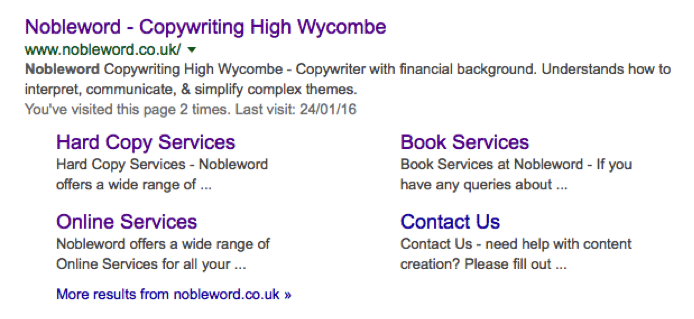If you write blogs but don’t SEO them properly, you’re missing a trick…in fact, you’ve already done most of the hard work but are letting yourself down at the final hurdle.
By now, you’ve hopefully followed the blogs in this series about ‘Blog writing’:
- You’ve planned and structured your blog
- You’ve written engaging headlines
- You now need to make sure your blog is SEO-optimised so that search engines can find and rank it = this blog…see below:
1. Blog keywords & SEOs
First of all, determine your keyword – this is what your blog is about, and ensures that it is relevant for search engines (I always write mine down to remind me):
- Put your keyword in your blog title
- Repeat the keyword in one of your blog headings, ideally in H2 [note: headings are numbered from H2 down to H6 in order of prominence]
- Repeat your keyword in the body of your blog and embolden it.
It may seem rather restrictive at first, to have to include your keyword in your blog title [see the previous article, ‘How to write great headlines’], but it is both essential for SEO and useful for your own administration; i.e. to look back at a later date and know exactly what a specific blog was about. I know that I often confused myself in the early days!
Remember, there are ways to include your keyword without sacrificing creativity; e.g. if I’d wanted a more creative (rather than an instructional) title to this blog, simply stating the keyword followed by a semicolon would have done the trick:
- SEO: Searching High and Low
- SEO: How to be an Exhibitionist rather than a Flasher
- SEO: Don’t hide your blog under a bushel
….or something along those lines! That was simply a brainstorm for a few alternative titles, the point being that you can work ‘SEO’ into a blog title without making it sound overly boring.
A useful tip is to think of the keyword being like an exam question – I was always taught to rewrite the exam question in full (to ensure I understood exactly what was being asked) and then to make sure that I answered the question in front of me (not my interpretation of the question!).
Hence, with the title, you are writing your own exam question, and your blog then goes onto answer that question.
2. Images
Images are great, but remember copywriting laws especially if you are using copied images to promote a product for commercial gain:
- Alt-tag – google can read text but not images….also many web browsers automatically restrict images, so otherwise you are left with a ‘black hole’ when your blog is initially viewed on screen. It is good SEO practice to include your keyword in your alt-tag.
- Featured image – click this button on WordPress and upload here if you want your image to feature on your blog web page (when only the first few lines of your blog are displayed).
3. Categories & Tags
Think of a blog like a book:
- Categories represent the chapters:
– Categories are broad in nature and should be particular to your business; e.g. Top Tips, News, Offers.
– You don’t want too many different categories – I’d say around 10 should cover all your blog topics.
– Having categories helps you to plan your blogs out in advance – you can part-write blogs ahead of time, or when an idea strikes, and save it as draft in a particular category; that way, you’re not writing all your blogs from scratch.
– Try to limit each blog to one category – that way, readers will know what your topic is about. - Tags represent the index:
– Tags are specific in nature: e.g. sub-standard blog.
– You can have as many tags as you like per blog – I tend to use up to five.
– Don’t duplicate your tags with your categories – it’s a waste of time.
– Be creative with tags – you can use quotes, hashtags, phrases….anything you like that is relevant to the blog.
4. Internal links
Let’s go back to the analogy of a keyword being like an exam question (see ‘1. Blog keywords & SEOs’).
Think back to your English Literature exams: internal links are the equivalent of providing relevant supporting quotes to illustrate/back up your answer. The operative word here is relevance.
Internal links can be:
- Related blogs – I’ve already included the internal links in the introduction to this blog, but would usually have a heading ‘Related articles’ at the foot of my blog with links to other articles I’ve written on SEO topics.
- Related web pages – where a blog touches upon one of your products or services, include a link to that page on your website
The big advantage of internal links is that they make your website ‘relevant’, so if anybody googles ‘Nobleword’ (I’ve used my own website Nobleword as an example), not only will it bring up the website, but also, all the other relevant pages in that website.

Website designers call this ‘Index Structuring’.
5. External links
Search engines love external links; they signal that your website is relevant and therefore useful, particularly if other websites link back to yours.
Moreover, you are building relationships with other websites; i.e. doing them a favour by helping them with their ranking. If, for example, you send a supplier or customer a blog that references their website (with a hyperlink) they are more likely to promote this blog on their website, and then link it back to your website…so it’s a win: win situation.
Share this!


